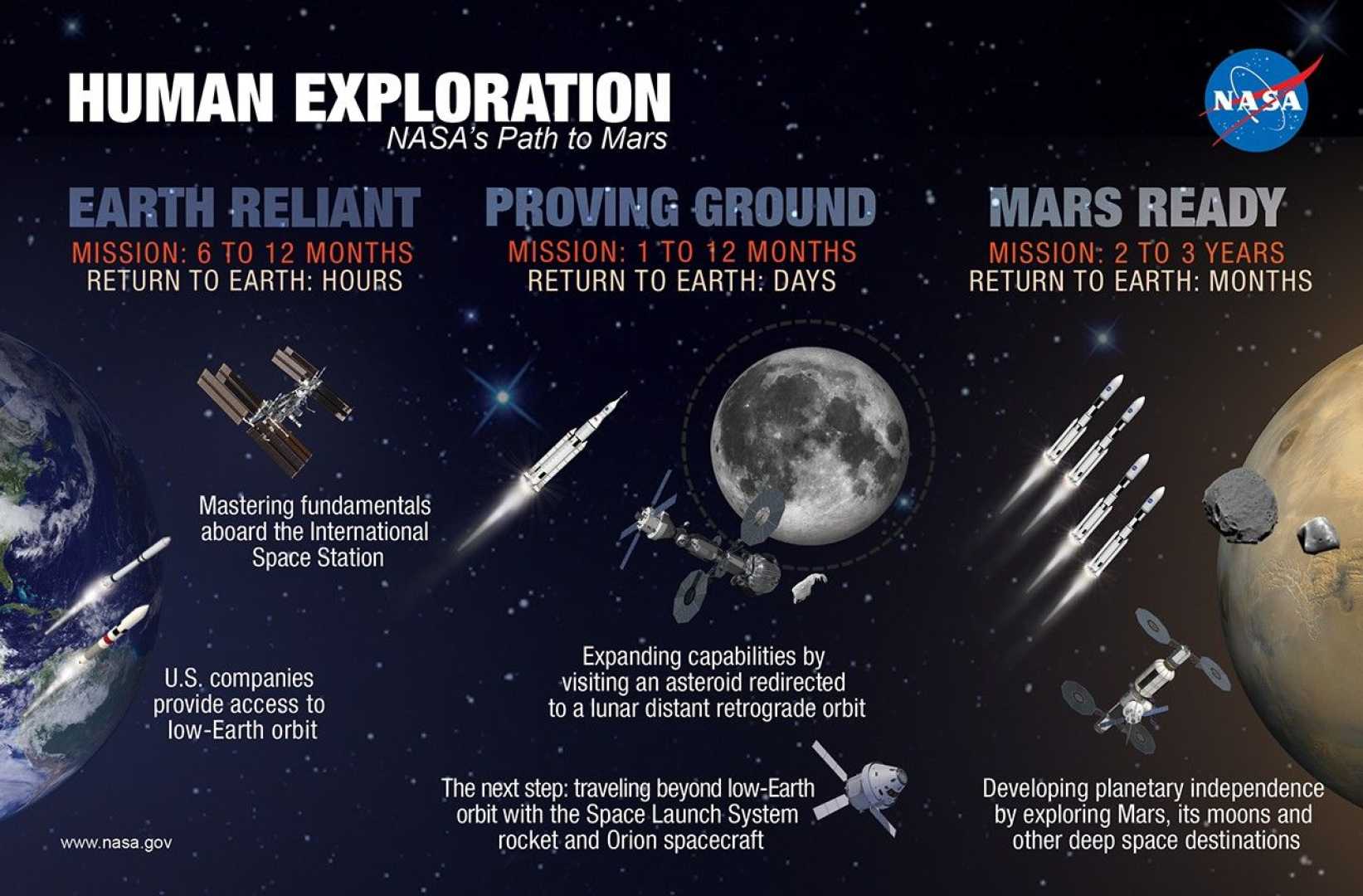News
NASA Plans Mars Missions Amid Budget Cuts and Political Pressure

WASHINGTON, D.C. (AP) — NASA is considering launching missions to Mars as early as next year in a surprising shift to expedite its goal of landing astronauts on the Red Planet. This announcement follows the U.S. administration’s recent budget proposal emphasizing the importance of reaching Mars.
NASA spokesperson Bethany Stevens stated in Politico, “We are evaluating every opportunity, including launch windows in 2026 and 2028, to test technologies that will land humans on Mars.” Details regarding the rocket and payload specifications remain undisclosed, raising questions about the feasibility of such a timeline.
Last Friday, the administration emphasized the objectives of returning to the Moon before China and successfully landing humans on Mars. The proposed budget reflected a 24% cut from NASA’s current $24.8 billion budget, yet it included an extra $647 million for human space exploration, and $1 billion for Mars initiatives.
Notably, the budget plan also seeks to axe NASA’s Mars Sample Return mission, suggesting that human missions could replace robotic efforts to retrieve samples from the Martian surface. If NASA moves forward with a Mars mission, SpaceX’s Starship could be the primary launch vehicle.
SpaceX CEO Elon Musk has expressed ambitions of colonizing Mars, aiming to launch Starship to Mars by late 2026, with crewed missions potentially happening by 2029. The Federal Aviation Administration has recently granted SpaceX a license for increased annual launches, which could accelerate development of the Starship rocket.
However, launching a Mars mission involves several complexities, including ensuring the rocket’s readiness and calculating optimal launch windows based on orbital mechanics. Earth and Mars must be in proper alignment, a scenario occurring approximately every two years. If NASA intends to meet its timeline, it must effectively utilize the launch opportunity at the end of 2028.
Experts indicate that prior to a crewed mission, an uncrewed precursor landing would need to occur, ideally launching during the late 2026 window. With numerous challenges ahead, it remains uncertain whether NASA and its partners can efficiently navigate this ambitious plan.












